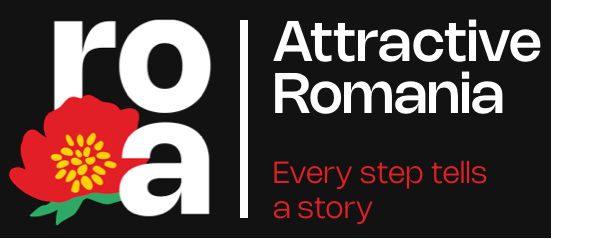If the Route of Kulas tells you stories that you enjoy, then the Glogoveanu kula is worth visiting. It is considered a precursor to kulas, in that the upper level was built on a former fortified cellar constructed in the 17th century, with walls 1.5 meters thick. It has two secret exits, underground escape galleries. Later, in the 18th century, the upper floor was built.
It has more of a boyar house appearance, situated in the middle of a garden. Its beauty and history blend harmoniously and can still be seen today. Prominent personalities have crossed its threshold, from Michael the Brave to Tudor Vladimirescu or Basarab the Young, whose feats of valor are revered in Romanian legends.
The building has been used for many purposes other than a dwelling, and many untold stories are buried within its walls, which haven't become local legends. After World War II, it served as a nursing home, a summer camp for high school students, a children's boarding school, a dispensary, a library, a warehouse for the Consumer Cooperative, a classroom, a history museum, and finally came under the administration of the Motru Mining Combine.
Your eyes can see it in many ways, and the voice of this kula can have many inflections. To visit it means to listen to what it has to say.
Story of the Place
Legends speak of how the building is equipped with a secret refuge. Here there was said to be a staircase hidden behind a double wall, descending to the cellar, where an underground gallery was found, leading to evacuation tunnels in case of danger. Among these, one led to the Motru River and was allegedly used by Basarab the Young, ruler of Wallachia who sided with the Turks, to escape from those who sought to kill him, although he was ultimately caught at the tunnel exit.
It is also said that Michael the Brave celebrated at Glogova the moment when he became the ban of Craiova, or that Tudor Vladimirescu spent part of his youth in this kula.
Architectural Features
Situated on the high terrace of the Motru River, in a remarkably beautiful park, the kula is easily distinguished by its walls resembling those of a fortress. It closely resembles a princely manor, being a harmonious construction in appearance and proportions.
The Glogoveanu Kula has a tall ground floor, fortified with a massive cellar, with walls made of burnt bricks and river stones.
Looking from the northeast to the southwest, from the Glogoveanu House, there was a wide perspective over the Motru Valley, from where Turkish invaders could emerge.
Unique Experiences
If you wish to complete your experience of visiting a kula, nearby is also the Cuțui Kula in the village of Broșteni, dating back to 1815.
Also, enthusiasts of ecumenical tourism can make a stop at the Church of St. Nicholas, built between 1730-1762, or at the Tismana Monastery, the oldest monastic settlement in Oltenia.
3D Animation
Virtual tour
Facilities
Landmark access
Bicycle, Walking, By car
Wi-Fi
Yes
Sanitary group in the location or proximity
Yes
Parking
Own
Restaurant or cafe on the premises
No
Access facilities for disabled people
Yes
Status
Temporarily closed
The custodians reserve the right to modify the visiting conditions of the attractions.
Reviews











 Continue with Google
Continue with Google
